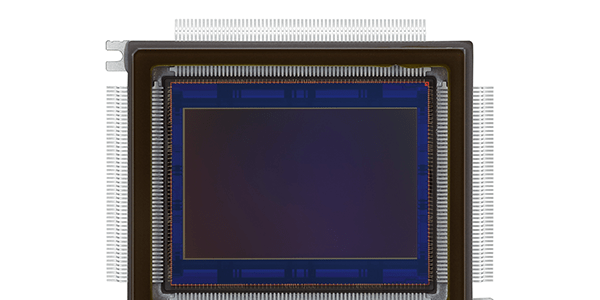Canon Announces The Release Of A New 250MP APS-H Sensor
A new super-specialised 250MP APS-H sensor from Canon is coming soon. Canon itself announced the release.
Canon Japan confirmed the market launch of this new sensor in late October 2020. The 250MP APS-H sensor will be available in both color and monochrome versions. The new sensors are named LI8020SAC (color) and LI8020SAM (monochrome). Typically, this kind of sensors are employed in scientific applications.
Canon has a long history in making multi-purpose or otherwise highly specialized cameras. It seems two more are going to be added. A few days ago two Canon multi-purpose cameras showed up at a Russian certification agency: the ML-100 and the ML-105. I wonder if this sensor will be featured on the ML-100 and the ML-105. Chances are good, in our opinion.
Presentation of the new sensor:
Here is the machine translated text from Canon Japan:
Main features
The new product is an ultra-high resolution CMOS sensor with approximately 250 million pixels, which enables you to capture detailed information in an image while shooting a wide range. In addition, by setting the pitch of one pixel to 1.5 μm (micrometer), we have achieved approximately 250 million pixels in APS-H size, making it possible to use it for various purposes. It can be used for various purposes such as FPD (flat panel display) inspection, which has become higher definition due to the development of 4K / 8K video technology, industrial inspection, video production, digital archive, wide area surveillance, microscope, etc. Meet the needs of users.
Get detailed information even in a wide range of shooting with ultra-high resolution of about 250 million pixels
The new product is capable of imaging at ultra-high resolution of about 250 million pixels, which is about 125 times that of full HD (1,920 x 1,080 pixels) and about 30 times that of 4K (3,840 x 2,160 pixels), and can be taken in any shooting range. Sufficient resolution can be obtained by trimming the area and enlarging it with an electronic zoom.
Achieves ultra-high-speed signal reading of approximately 1.25 billion pixels / second
With CMOS sensors, the amount of signal increases as the number of pixels increases, causing signal delays and slight timing deviations. The new product has an ultra-multi-pixel structure of approximately 250 million pixels, but by refining the circuit and advancing signal processing technology, it has achieved an ultra-high-speed signal readout of approximately 1.25 billion pixels per second. This enables ultra-high resolution imaging at a speed of approximately 5 frames / sec even when all pixels are read out.
Supports data output according to user needs with “ROI read function” etc.
The new product is equipped with a “ROI (Region of Interest) read function” that selectively reads only an arbitrary area. If you want to read only a specific area at high speed, you can use the “ROI read function” at 24 fps for 8K (7,680 x 4,320 pixels), 30 fps for 4K (3,840 x 2,160), and 60 fps for full HD (1,920 x 1,080). Video recording is possible. It also has a “thinning out reading function * ” that thins out the entire image area in the vertical direction to read out, so you can select the data output method that suits your needs.
- *4 patterns of thinning are possible. 1/3 is about 15fps, 1/5 is about 25fps, 1/7 is about 35fps, and 1/9 is about 45fps.


